Ancient Nevada: Fossils
July – August 2017
Ancient Nevada – Fossils
Fourth of six-part series unearths specimens that are older than dirt.
BY ERIC CACHINERO
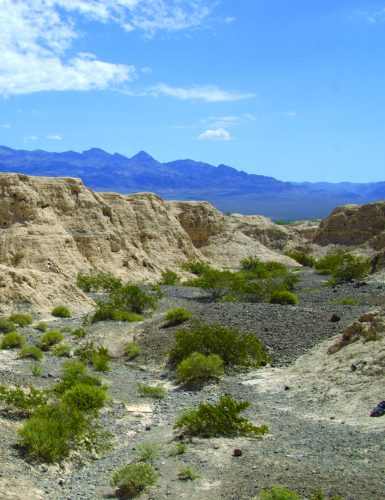 Evidence of ancient life is set in stone. Hundreds of millions of years ago, giant marine reptiles occupied the oceans that covered what would become Nevada. The ichthyosaur was one among many species whose bodies became entombed in mud, which solidified into rock and remained undisturbed until modern man began unearthing the fossils.
Evidence of ancient life is set in stone. Hundreds of millions of years ago, giant marine reptiles occupied the oceans that covered what would become Nevada. The ichthyosaur was one among many species whose bodies became entombed in mud, which solidified into rock and remained undisturbed until modern man began unearthing the fossils.
But it’s not just 49-foot carnivorous reptiles that left fossil clues for us to find. Paleontologists have uncovered the remains of mammoths, giant sloths, ancient horses, bison, American lions, and many other species that existed in Nevada after the ancient seas dried up. There are hundreds of lo- cations where these treasures can be found in the state, and more are likely to be discovered. Fossils tell a story similar to many other facets of Nevada history: the truth always lies just beneath the surface.
FOSSIL ZOO
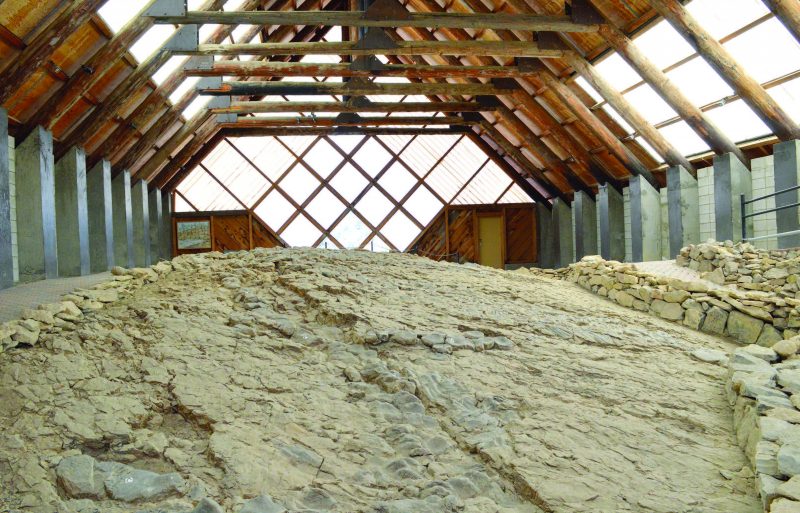 Along the northern edge of Las Vegas lies a series of light-colored badlands that gives us a window into the past. Scores of fossils have been found in Tule Springs Fossil Beds National Monument, ranging from several thousand to several hundred thousand years old. The National Parks Foun- dation has even referred to the area as “Mammoth Central” because of its sheer abundance of Columbian mammoth fossils. These massive mammals weighed about 10 tons (22,000 pounds) and grew tusks that could reach 16 feet in length. Their size ensured relatively conspicuous fossils were left behind. Though the arid fossil beds are now mostly devoid of life, they used to be lush wetlands that provided sustenance for a host of creatures. Fossils of saber-toothed cats, Dire wolves, Camelops (a large version of modern Bactrian camels), and even fossilized pollen have been discovered at Tule Springs, painting a picture of an ancient Nevada much different than today.
Along the northern edge of Las Vegas lies a series of light-colored badlands that gives us a window into the past. Scores of fossils have been found in Tule Springs Fossil Beds National Monument, ranging from several thousand to several hundred thousand years old. The National Parks Foun- dation has even referred to the area as “Mammoth Central” because of its sheer abundance of Columbian mammoth fossils. These massive mammals weighed about 10 tons (22,000 pounds) and grew tusks that could reach 16 feet in length. Their size ensured relatively conspicuous fossils were left behind. Though the arid fossil beds are now mostly devoid of life, they used to be lush wetlands that provided sustenance for a host of creatures. Fossils of saber-toothed cats, Dire wolves, Camelops (a large version of modern Bactrian camels), and even fossilized pollen have been discovered at Tule Springs, painting a picture of an ancient Nevada much different than today.
FISH LIZARD
 Before the days of long-fanged felines, Nevada had a predator of a much different nature. Around 217 million years ago, during the late Triassic period, the state was under shallow water, and the ichthyosaur was near the top of the food chain. Nevada holds the highest concentration of these giant marine reptile fossils in the world, leading to its designation of state fossil in 1977.
Before the days of long-fanged felines, Nevada had a predator of a much different nature. Around 217 million years ago, during the late Triassic period, the state was under shallow water, and the ichthyosaur was near the top of the food chain. Nevada holds the highest concentration of these giant marine reptile fossils in the world, leading to its designation of state fossil in 1977.
It’s said that early miners first discovered the fossils in the late 1800s—though it’s likely they didn’t identify them as such—and used them for everything from dinner plates to house decorations and fire hearths. Siemon Muller of Stanford University identified the fossils as ichthyosaur in 1928, but it wasn’t until the mid-1950s that Charles Camp of the University of California, Berkley began excavations. Camp determined the Nevada ichthyosaur to be a new species entirely and designated the genus Shonisaurus popularis, which means lizard from the Shoshone Mountains.
There have been several hypotheses as to how and why so many ichthyosaurs ended up in such close proximity. Theories include food poisoning, beaching, toxic algae blooms, low-oxygen water, and even giant ichthyosaur-eating squid. One of the most generally accepted theories is that the creatures became stranded and isolated during unusually low tides. The truth remains, though, that we really don’t know exactly why so many are here.
Today, Berlin-Ichthyosaur State Park has several of these impressive fossils on display. Guests can tour the fossil house and learn about central Nevada’s ancient history.
EN MASSE
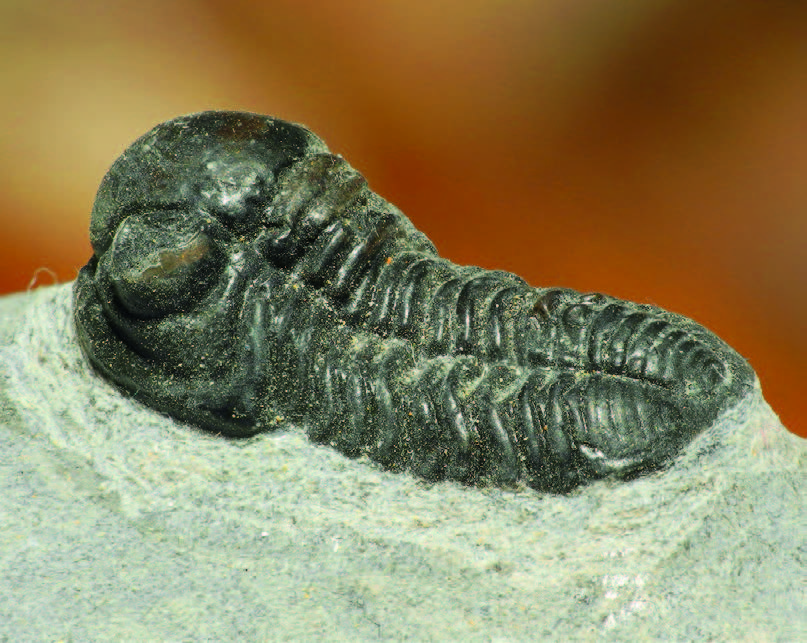 The Oak Springs Trilobites Site just off U.S. Route 93 near Caliente gives a look at ancient life that was much smaller in size, but much greater in numbers. Trilobites have been extinct for 250 million years, though evidence of them can still be easily found. These small, hard-shelled relatives of modern crustaceans roamed the sea floor by the millions, but met their demise when the sea dried up and they became fossilized in mud. The species of trilobites found at the Oak Springs site are believed to be the oldest in Earth’s history, dating back 500 million years. Amateur archaeologists should have no trouble finding a trilobite or two at the site. The mud that trapped the trilobites has turned into shale rock, which can be easily split apart with a rock pick.
The Oak Springs Trilobites Site just off U.S. Route 93 near Caliente gives a look at ancient life that was much smaller in size, but much greater in numbers. Trilobites have been extinct for 250 million years, though evidence of them can still be easily found. These small, hard-shelled relatives of modern crustaceans roamed the sea floor by the millions, but met their demise when the sea dried up and they became fossilized in mud. The species of trilobites found at the Oak Springs site are believed to be the oldest in Earth’s history, dating back 500 million years. Amateur archaeologists should have no trouble finding a trilobite or two at the site. The mud that trapped the trilobites has turned into shale rock, which can be easily split apart with a rock pick.
HIDE-AND-SEEK
There’s something special about playing hide-and-seek with a creature that’s been hiding for 500 million years. Some fossils in Nevada date back to a time when supercontinent Pangaea wasn’t even formed yet. And as violent as some of the Earth’s natural cycles are, many ancient plant and animal specimens have remained relatively undisturbed during this unfathomably long timespan. For some critters, home has meant Neva- da for a lot longer than it has for us.
PALEONTOLOGISTS FOR A DAY
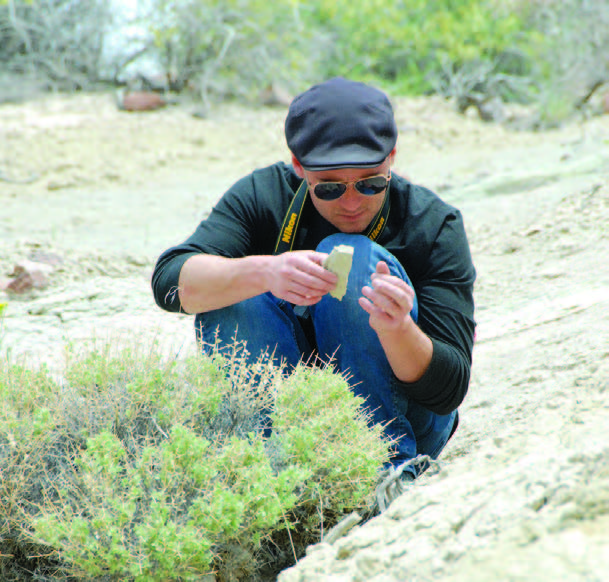 In May, I joined my friends, Brandon Wilding and Jack Hursh, on a weekend fossil trip in central Nevada. The three of us left Reno early on a Saturday en route to Middlegate opal and fossils area, located just northeast of Middlegate Station. Rolling white badlands—sometimes typical to fossil-hunting areas—informed us we’d found the right spot. The area is known for an abundance of fossilized ancient plants, along with the occasional animal and opal specimen.
In May, I joined my friends, Brandon Wilding and Jack Hursh, on a weekend fossil trip in central Nevada. The three of us left Reno early on a Saturday en route to Middlegate opal and fossils area, located just northeast of Middlegate Station. Rolling white badlands—sometimes typical to fossil-hunting areas—informed us we’d found the right spot. The area is known for an abundance of fossilized ancient plants, along with the occasional animal and opal specimen.
As soon as we arrived at a place that looked “fossily,” we began picking up pieces of white shale and examining them for any signs of ancient life. I didn’t expect to see complete Tyrannosaurus Rex fossils sitting on the surface, but I did expect to see more than we did. The stop did, however, give us a chance to stretch our legs and interrupt a Pronghorn antelope that may have been doing some fossil hunting of his own.
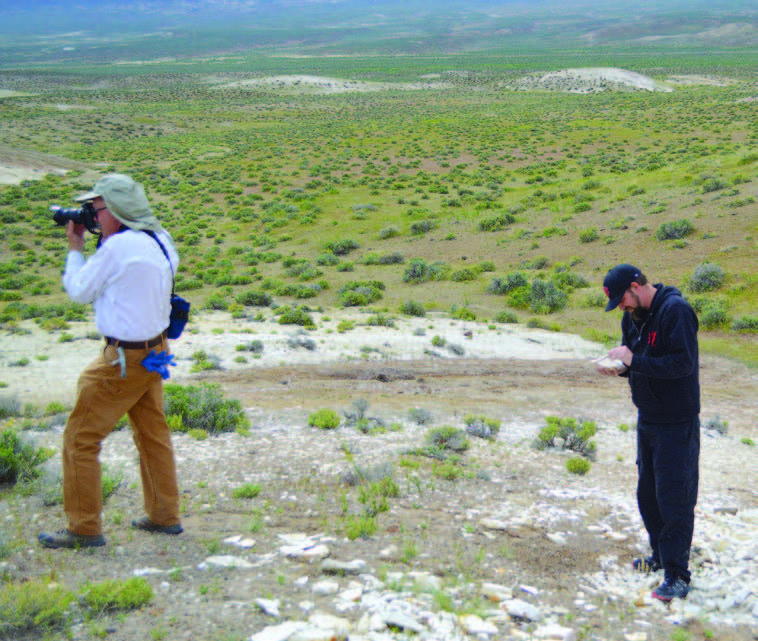 We left the antelope paleontologist and headed south on State Route 722, before turning off on Buffalo Canyon Road en route to Ione. Our next stop was Buffalo Canyon fossils and opalite area, located about 5 miles south of the turnoff. The area is marked by similar topography to the Middlegate site, though the colors are wildly different. Thin streaks of pale blue intersect the eroding hills, and word has it those streaks are where the fossils are. We poked around for a bit, finding pieces of bluish shale and delicately coaxing them open. Sure enough, we hit fossil pay dirt. We found several small fossilized plant remnants, most of which looked like twigs. We snapped some photos and were on our way.
We left the antelope paleontologist and headed south on State Route 722, before turning off on Buffalo Canyon Road en route to Ione. Our next stop was Buffalo Canyon fossils and opalite area, located about 5 miles south of the turnoff. The area is marked by similar topography to the Middlegate site, though the colors are wildly different. Thin streaks of pale blue intersect the eroding hills, and word has it those streaks are where the fossils are. We poked around for a bit, finding pieces of bluish shale and delicately coaxing them open. Sure enough, we hit fossil pay dirt. We found several small fossilized plant remnants, most of which looked like twigs. We snapped some photos and were on our way.
Our next stop was Berlin-Ichthyosaur State Park, where we visited the fossil house. We were worried about running low on daylight at this point, so instead of touring the fossil house, we decided to hightail it to our last and final fossil stop for the day: Ikes Canyon. Located in the Toquima Range on the northwest side of Monitor Valley, Ikes Canyon is a petri dish teeming with ancient life. We offer a second look at what first appear to be ordinary rocks, only to find that many are comprised of hordes of seashell-like marine fossils of all shapes and sizes. As we moseyed up the hill, it was tough to stay focused on one specimen before catching sight of another. Quartz veins splinter through the various pieces of shale, adding to the beauty. Just before leaving, Brandon reached down to pick up one last curious looking rock, and to all of our amazement, he revealed a fist-sized ammonite. The find was the most exciting of the day.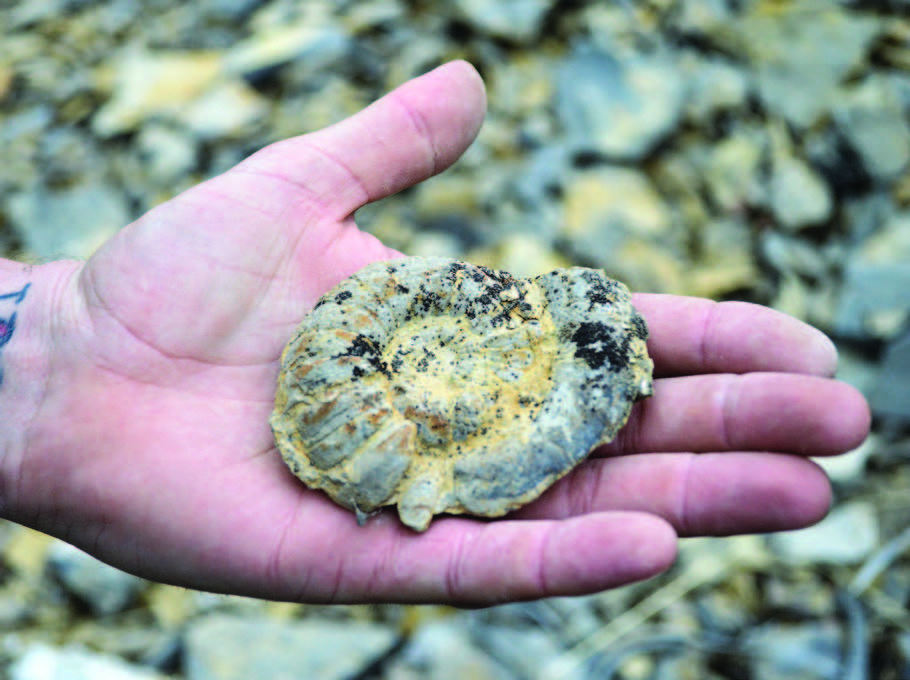
We photographed the fossil before Brandon returned it to its natural habitat, leaving it for someone else to find another day. As daylight waned, we headed south through Belmont before arriving in Manhattan. We finished off the night chatting with locals in the Manhattan Bar, before exploring the town a bit and calling it a night.
Next issue, we’ll explore the ancient plants and animals of Nevada in their living form.
